
|
|
|
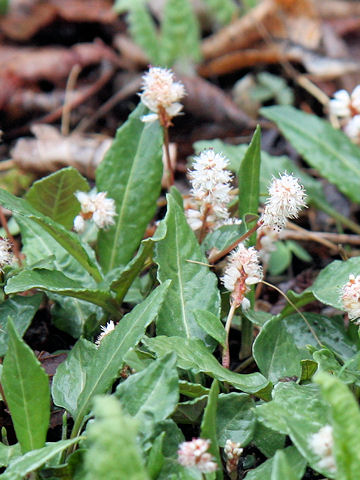 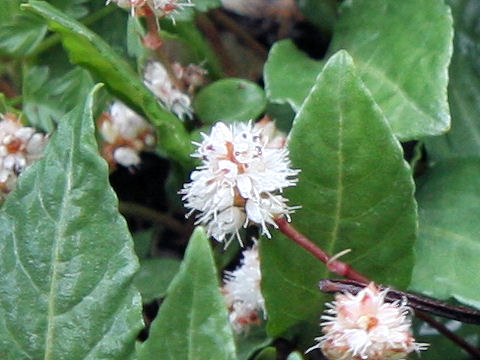 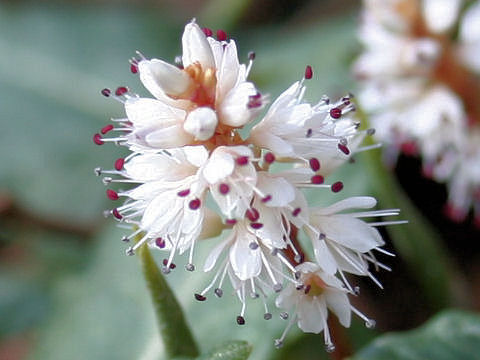 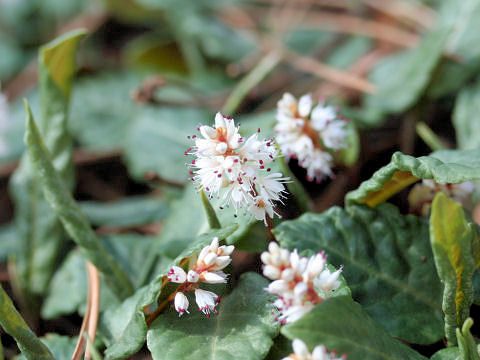 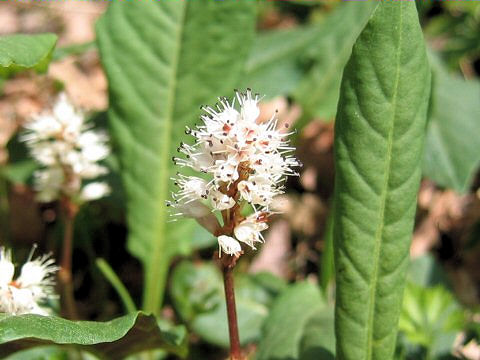 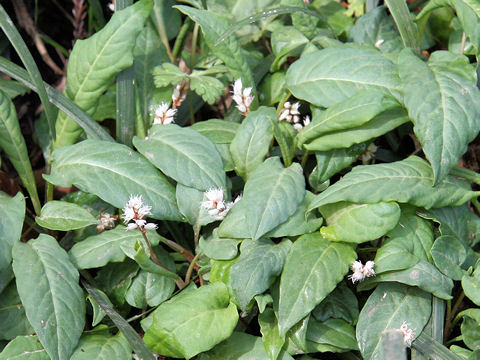 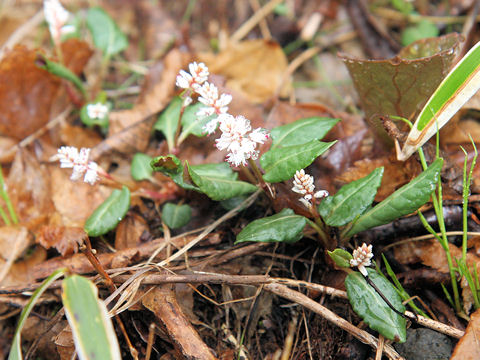 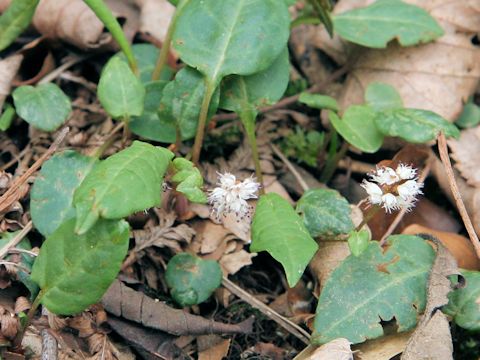 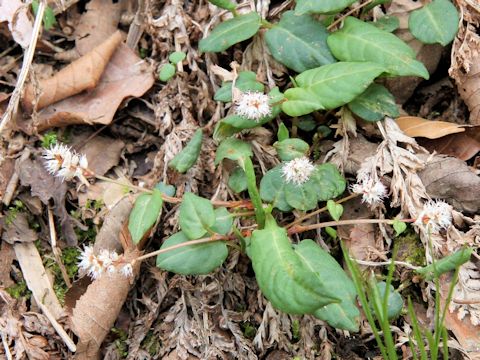 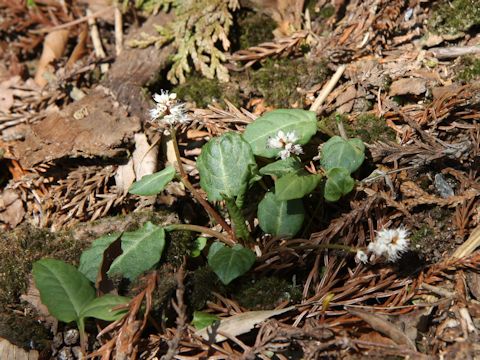 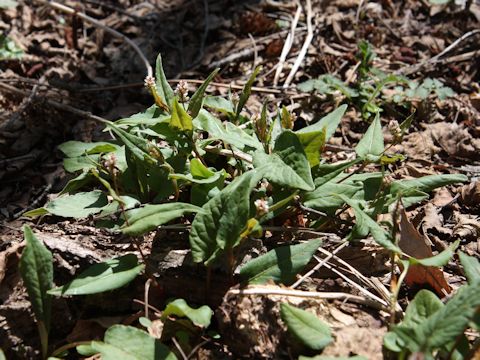 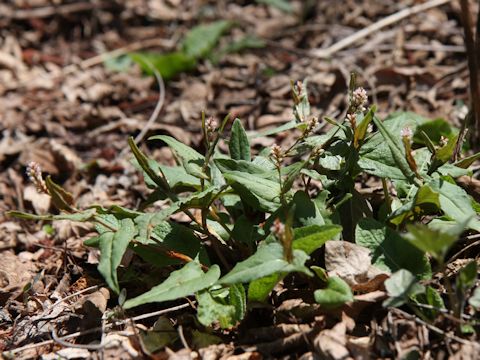 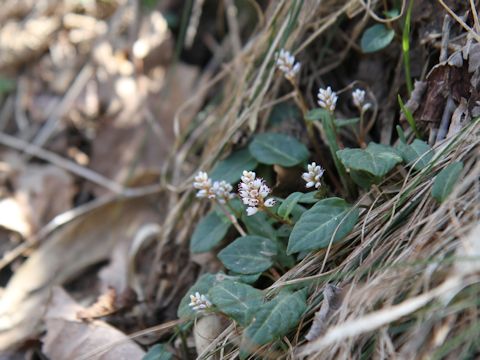 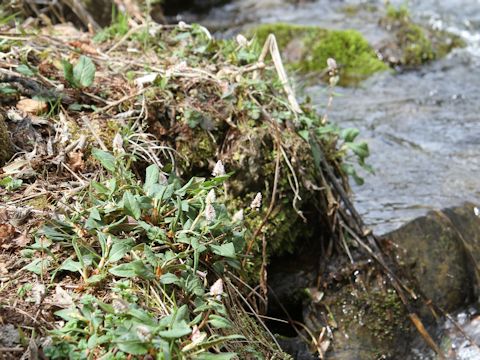 |
|
|
|
わが国の本州から四国、九州に分布しています。やや湿り気のある林の中などに生え、高さは10〜15センチになります。根生葉は卵形または卵円形で、長い柄があります。花茎に1〜2個の茎葉をつけます。4月から5月ごろ、穂状花序に白い花を咲かせます。花のように見えるのは萼片です。 |
|
|
タデ科イブキトラノオ属の多年草で、学名は Bistorta tenuicaulis (syn. Polygonum tenuicaule)。英名はありません。 |
|
|
The "Haru-torano-o" (Bistorta tenuicaulis) belongs to Polygonaceae (the Knotweed family). It is a perennial herb that is native to Honshu, Shikoku and Kyushu of Japan. This herb grows in wettish woodlands and can reach 10-15 cm in height. The basal leaves are ovate to ovate-round with long petioles. The 1-2 cauline leaves are borne on the flowering stalks. The spikes are borne and the white flowers bloom from April to May. They are petal-liked calyx lobes. |
|
|
[上・中1] 長野県軽井沢町「軽井沢町植物園」にて、2009年04月25日撮影。 [中2・中3] 長野県伊那市西春近「かんてんぱぱガーデン」にて、2006年04月04日撮影。 [中4] 兵庫県神戸市灘区六甲山町「六甲高山植物園」にて、2005年04月19日撮影。 [中5] 茨城県つくば市「つくば実験植物園」にて、2009年03月28日撮影。 [中6] 群馬県富士見村「赤城山」にて、2008年04月27日撮影。 [中7・中8] 茨城県つくば市「筑波山」にて、2011年05月04日撮影。 [中9] 同上にて、2013年04月13日撮影。 [中12] 同上にて、2014年04月12日撮影。 [中10・中11] 長野県原村「八ヶ岳自然文化園」にて、2013年05月06日撮影。 [下] 長野県茅野市北山「蓼科高原」にて、2014年05月04日撮影。 |

|
|
Shu Suehiro |